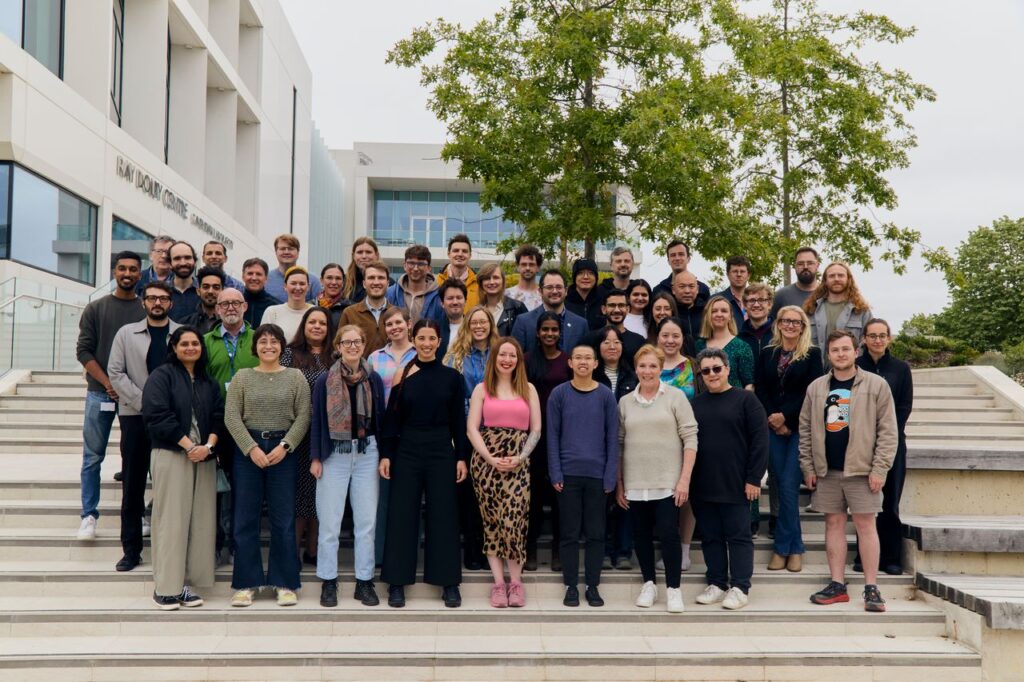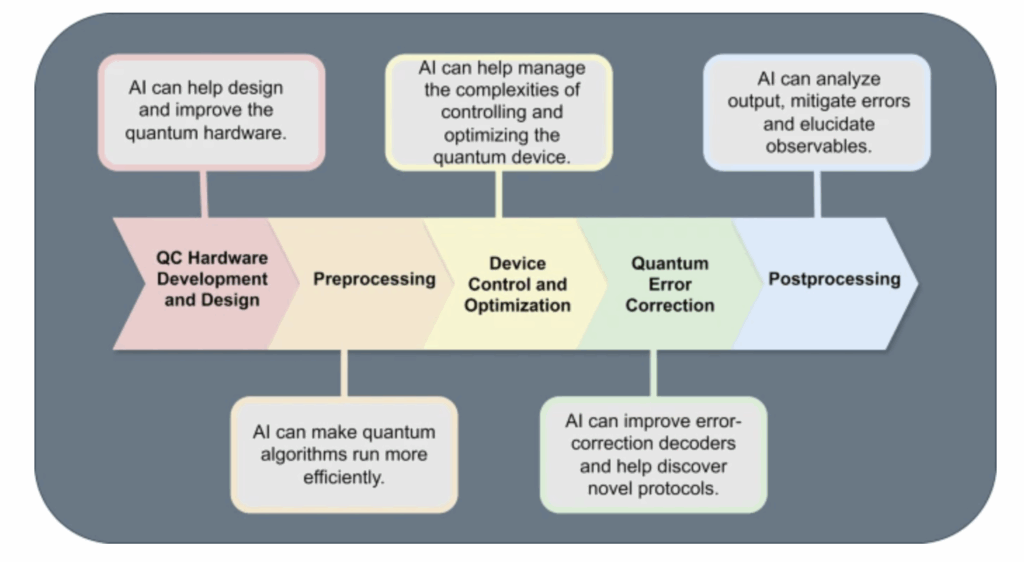Insider Brief
- A new study finds that investment in quantum computing benefits both quantum and classical systems, suggesting that research pays off even if fault-tolerant quantum machines never emerge.
- Patent analysis of more than 51,000 firms reveals that classical computing companies were far more likely to invest in quantum, with the gap narrowing after IBM’s 2016 cloud launch signaled rising commercialization prospects.
- The findings suggest that spillovers from quantum to classical computing can bring private and social benefits, challenging the notion that quantum R&D is an all-or-nothing bet.
The current debate on quantum innovation tends to frame the argument as a zero sum model: If quantum tech doesn’t pan out, there is no advantage to science, society, business or technology.
However, researchers suggest that the argument might be flawed, or at least incomplete.
In a new study, two researchers — Francesco Bova of the University of Toronto and Florenta Teodoridis of the University of Southern California — challenge the idea that resources pouring into this emerging field are wasted if a fault-tolerant quantum machine is slow to arrive or never materializes, arguing that investment in quantum computing can also strengthen today’s classical computers.

The working paper, The Dual Impact of Technological Investment: Spillover Benefits from Quantum to Classical Computing published in SSRN, shows that research in quantum technologies produces “spillovers” — which are improvements that feed back into existing computing systems. This means firms and society can benefit even before quantum hardware becomes commercially viable.
Beyond the Hype
Much of the debate over quantum computing hinges on whether the technology will scale to solve problems beyond the reach of classical machines. Industry critics often warn that without such breakthroughs, billions invested in quantum R&D risk being lost. The study offers a counterpoint: even failed or stalled quantum projects can generate useful “quantum-inspired” algorithms that run on conventional processors.
These spillovers, the researchers explain, alter the economic logic of innovation. Firms with deep portfolios in classical computing, such as IBM and Google, may be more willing to experiment with quantum systems because the work often produces techniques that enhance their classical platforms.
The researchers write: “Consistent with our model results, we find that: 1.) firms with classical computing investments invest more in quantum computing than those without classical computing investments, and 2.) the difference in investments between these two groups is reduced as the likelihood of the commercialization of a quantum computer increases.”
From this perspective, the study shows that quantum investment is not a binary bet on success or failure but a way of boosting present-day computing.
Tracking the Evidence in Patents
To test the theory, the researchers analyzed patenting behavior across more than 51,000 firms between 2001 and 2019. They focused on two groups: companies with existing classical computing patents and those without. The findings show that firms with classical portfolios were six to eleven times more likely to file patents in quantum computing before 2016.
The study then looked at what changed after IBM launched its quantum cloud service in 2016, a moment that increased confidence that commercial-scale quantum computing might eventually emerge. After that milestone, firms without prior classical investments began entering the field at a faster rate, narrowing the gap with established players.
According to the researchers, this pattern is consistent with their model: when commercialization looks more likely, firms outside the classical base have stronger incentives to commit resources to quantum.
Traditional models of innovation economics often conclude that companies underinvest in risky, long-term technologies relative to what would be socially optimal. Market forces push firms toward safer bets and shorter timelines. The new study modifies this framework. When spillovers exist, the incentives change.
In some cases, the researchers found, private investment in quantum may match or even exceed the socially optimal level. By “socially optimal,” the researchers mean the level of investment in quantum research that brings the most benefit to everyone, even if individual companies don’t see the biggest profits from it.
To put the idea of socially optimal in a quantum framework, a company might hesitate to invest in quantum computing because building a fault-tolerant machine could take decades. But from a socially optimal perspective, that investment is worthwhile because the research may also generate quantum-inspired algorithms that improve today’s classical computers, helping industries like logistics or drug discovery long before a full quantum computer exists.
This outcome challenges the notion that markets always produce too little diversity in technological innovation. It also suggests that public and private funding in nascent fields like quantum may be justified even if near-term breakthroughs remain out of reach.
Lessons for Business Strategy
The study highlights strategic lessons for technology firms. Companies already invested in classical computing can justify quantum R&D as a way to strengthen their core products, regardless of whether a large-scale quantum computer ever appears. For startups and firms outside the classical computing base, the findings suggest the timing of entry matters. When the likelihood of commercialization rises, newcomers face stronger incentives to join, even without spillover benefits.
From a customer perspective, the distinction may not matter. Whether optimization problems in logistics or finance are solved by quantum machines or by quantum-inspired algorithms running on classical hardware, the value comes from obtaining solutions faster and more efficiently.
As the study notes, society benefits from either pathway.
Methods and Assumptions
The researchers based their analysis on an economic model originally developed by economist Daron Acemoglu but extended it to account for spillovers. They then tested the model against U.S. patent data. Classical computing patents were tracked in category G06F (“electric digital data processing”), while quantum patents were tracked in G06N 10/00 (“quantum computing, i.e., information processing based on quantum-mechanical phenomena”).
Patents were used as a proxy for innovation, which has strengths and weaknesses. Patents provide a measurable record of activity but may undercount certain forms of research, particularly trade secrets or software innovations that are not patented. The authors acknowledge that their analysis cannot directly isolate quantum-inspired algorithms as the mechanism driving spillovers but argue that the pattern in the data is consistent with their model’s predictions.
Like any study built on patent records, the work faces limitations and will require more work to prove out. The data stops in 2019 because of the lag between patent applications and grants, which means more recent developments in the fast-moving quantum field are not captured. The researchers also note that the IBM cloud launch in 2016, used as a marker for rising commercialization prospects, was not exogenous. In other words, the IBM cloud launch wasn’t an independent shock — it was shaped by the same industry trends under study. Other factors in the broader ecosystem, such as increased venture funding and government initiatives, may have influenced the shift.
Future work could probe more directly whether specific quantum-inspired innovations — such as tensor network algorithms or improvements in materials discovery — account for the spillover effect. A deeper look at startups versus incumbents, or at regional differences in investment behavior, might also provide insights for policymakers considering how to support the field.
Not a Binary Outcome
The study underscores a practical takeaway for business and policy leaders: quantum investment should not be viewed solely through the lens of whether or when fault-tolerant machines emerge. Even without such breakthroughs, quantum research produces tangible economic value. For companies weighing the risks of entering the field, the message is that the effort can pay off in unexpected ways.
The researchers conclude that society gains when firms diversify their research portfolios. Whether through direct advances in quantum computing or through quantum-inspired gains for classical systems, the overall result is stronger computational tools for business and science alike.
“The results of the combined analysis may also inform debates on the societal benefits to investing both private and public funds into nascent technologies like quantum computing,” the team writes.
It’s important to note that working papers, like the ones on SSRN, are published to gather feedback from peers, but they are not officially peer reviewed, a key part of the scientific method. For a deeper and more technical explanation of the researchers’ work, please review the paper here.

















